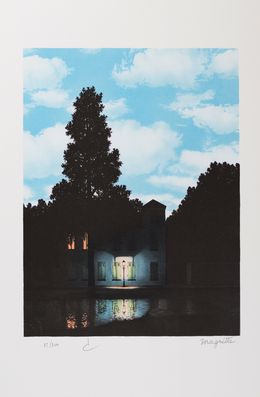
L'Empire des Lumières (The Empire of Light)
René Magritte
Drucke - 45 x 30 cm Drucke - 17.7 x 11.8 inch
Verkauft
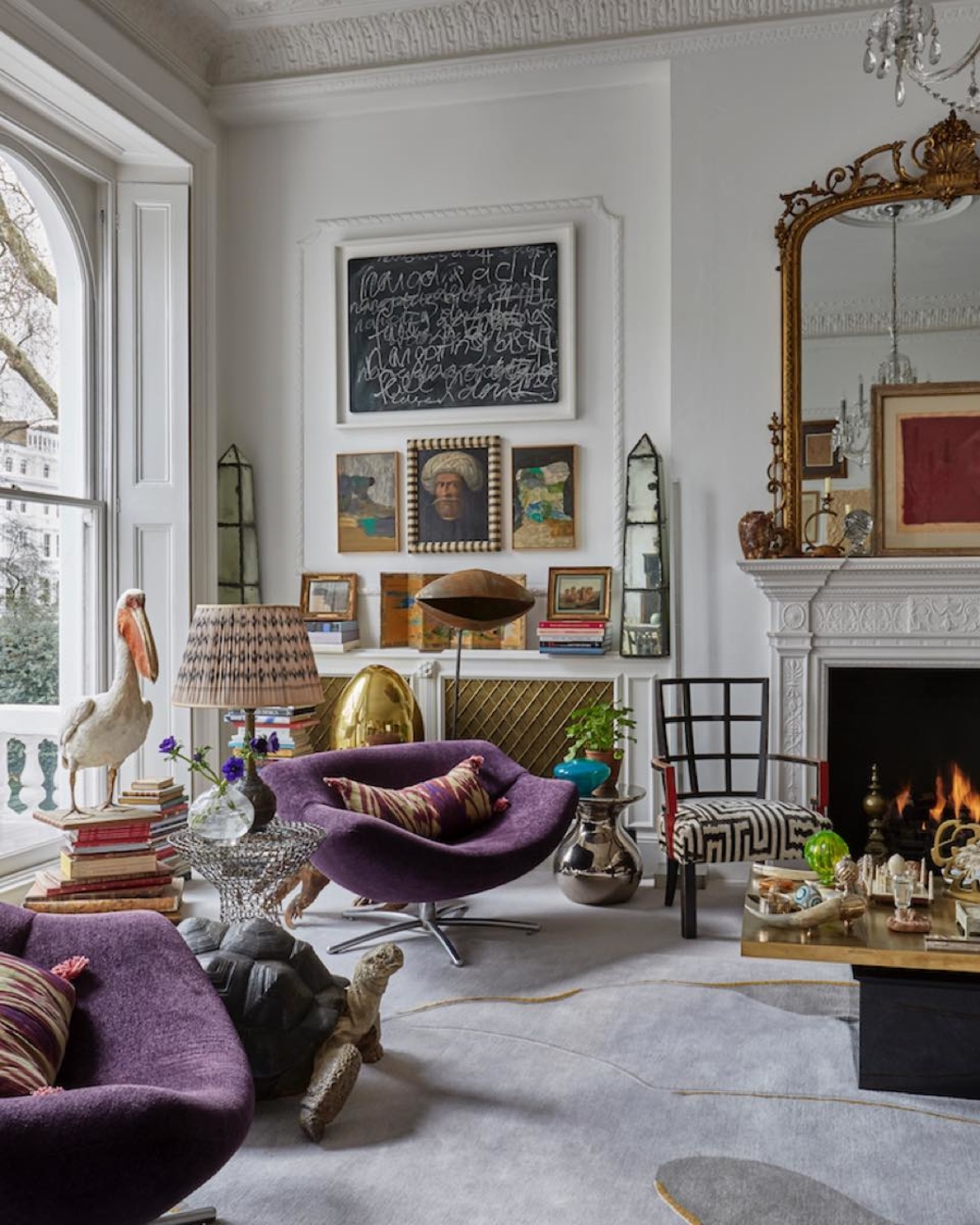
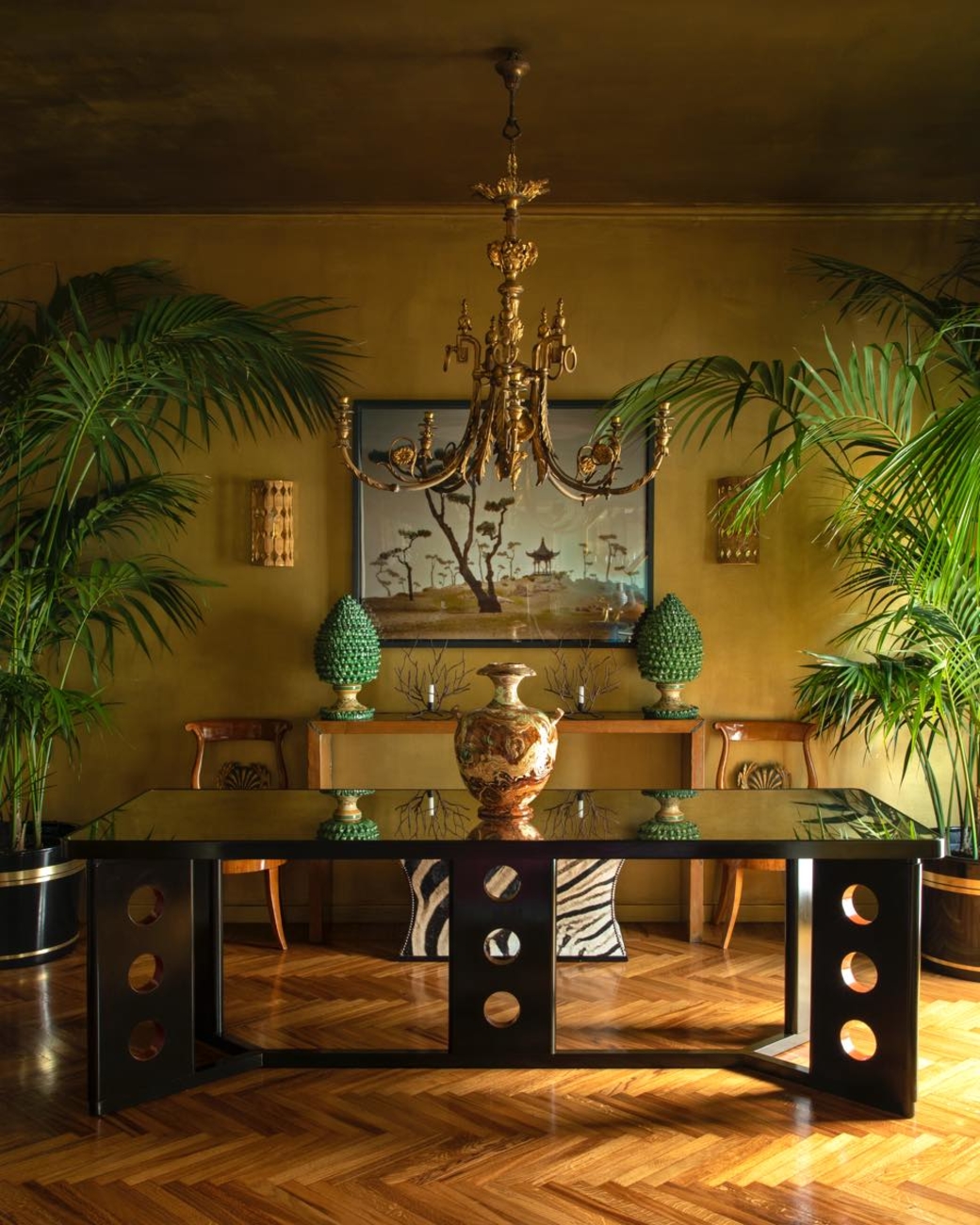

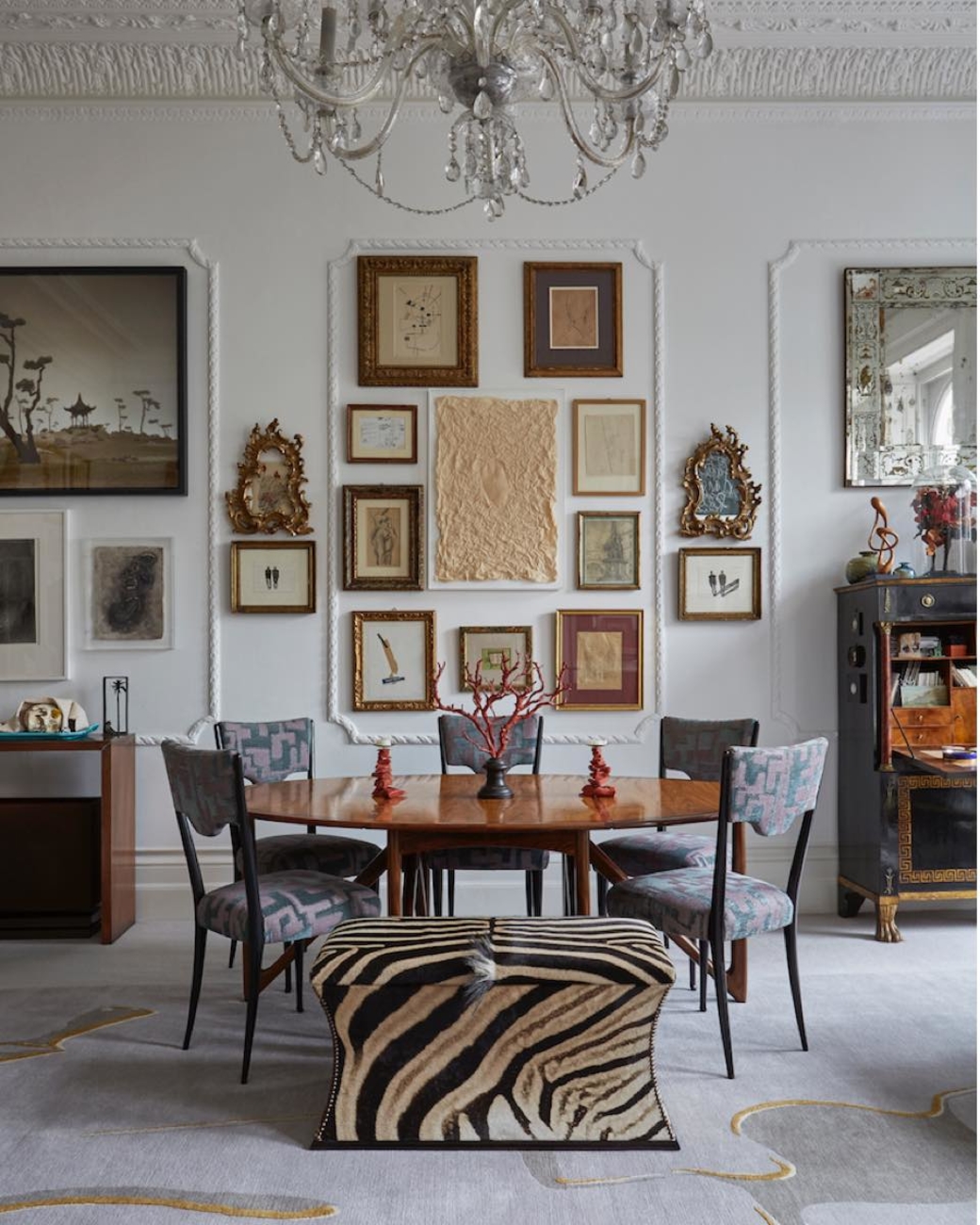
Photos 1 and 3: Nicolò's eclectic living room, London ©James McDonald / Photos 2 and 4: Vibrant colors and Moroccan decor inspire Nicolò's Milan home ©Guido Taroni
Take a tour with Artsper around interior designer Nicolò Castellini Baldissera's homes in Milan and formerly in London. Experience his vibrant, eclectic design style while discovering his art and design inspirations, his top design tips to refresh your home and his personal art collection...
1. Hello Nicolò! So you were born in Milan, studied History of Art in London, and now live between the two cities. You have also expressed a deep love of Morocco, specifically Tangier. How would you say these three places have influenced your design style?
Ever since I left home for London in 1989, I have loved the contrast of living in multiple places at once. Having a foot in two countries (and two cultures) can make returning home fresh and renewing. When I left Milan in my youth it was because the city felt dead and suffocating, something I have begun to feel in London, and is the reason I no longer live there.
Provincial places have a unique charm, especially when one can escape every now and then. I love playing with, and subverting the design rules of a certain place. My first house in London, for example, was so over the top with Toile-de-Jouy curtains, fleur de lys bed and a sofa upholstered in Timney Fowler fabric with large portraits in taupe and tan. Above the fireplace were drawings of tented beds and curtain labriquens. The effect was a continental interpretation of English style.
I tend to buy decorative pieces mostly during design projects, either for a client or for myself, and then hold on to things for years. Giving something a new context: a piece of Moroccan embroidery from Fez placed above a bed in Venice, for example, is very exciting. It is wonderful when something you've owned for so long that you no longer notice it suddenly attracts your attention again.


Blending traditional Italian style with Moroccan decor creates an unusual and eclectic living space ©Guido Taroni
2. What has been your favorite design commission, or the project you're most proud of, to date and why?
My first house in Morocco was in the medina—the old city with its narrow warren of pedestrian streets. When I purchased the house the ground floor was barron earth, and the roof was open. I fell in love with the volume of the riad, which is connected to ground and sky, but walled off with no external windows. It was a logistical challenge that I am very proud of.
3. Which artists, designers or artistic movements serve as sources of inspiration to you?
I love the works of Piero Portaluppi, David Nightingale Hicks, Henri Matisse, Odilon Redon and some of the German and French ebonists of the late 18th century such as Jean Henri Riesener. Matisse in particular, because he had such a strong design sense and feeling for how his work would be displayed.
4. As a lover of art, how do you incorporate artworks into your design work? What links can be established between art and design?
It could be said that art is a personal statement by an individual, whereas design is an individual solution for a collective problem. To turn the empty shell of an apartment or house into a home requires both the individuality of art and the collective response of design.
In my home in Milan I redesigned a dining room table originally created by my great-grandfather, Piero Portaluppi. The dining room opens on the living room, and the elegant lines and central support of the table were perfectly showcased by the orientation of the room. Behind, the photograph by Didier Massard is quiet, mysterious and transportive. Rather than competing, the two heighten the drama of the room.
During lockdown in Morocco last year, I developed a furniture company called Casa Tosca. Our initial designs were out of rattan and woven reed furniture, and bring a bit of the lush, natural world to a room. But natural wood (we prefer clear varnishes for our pieces) can only go so far in conveying this, and art is an excellent way to further a refrain.
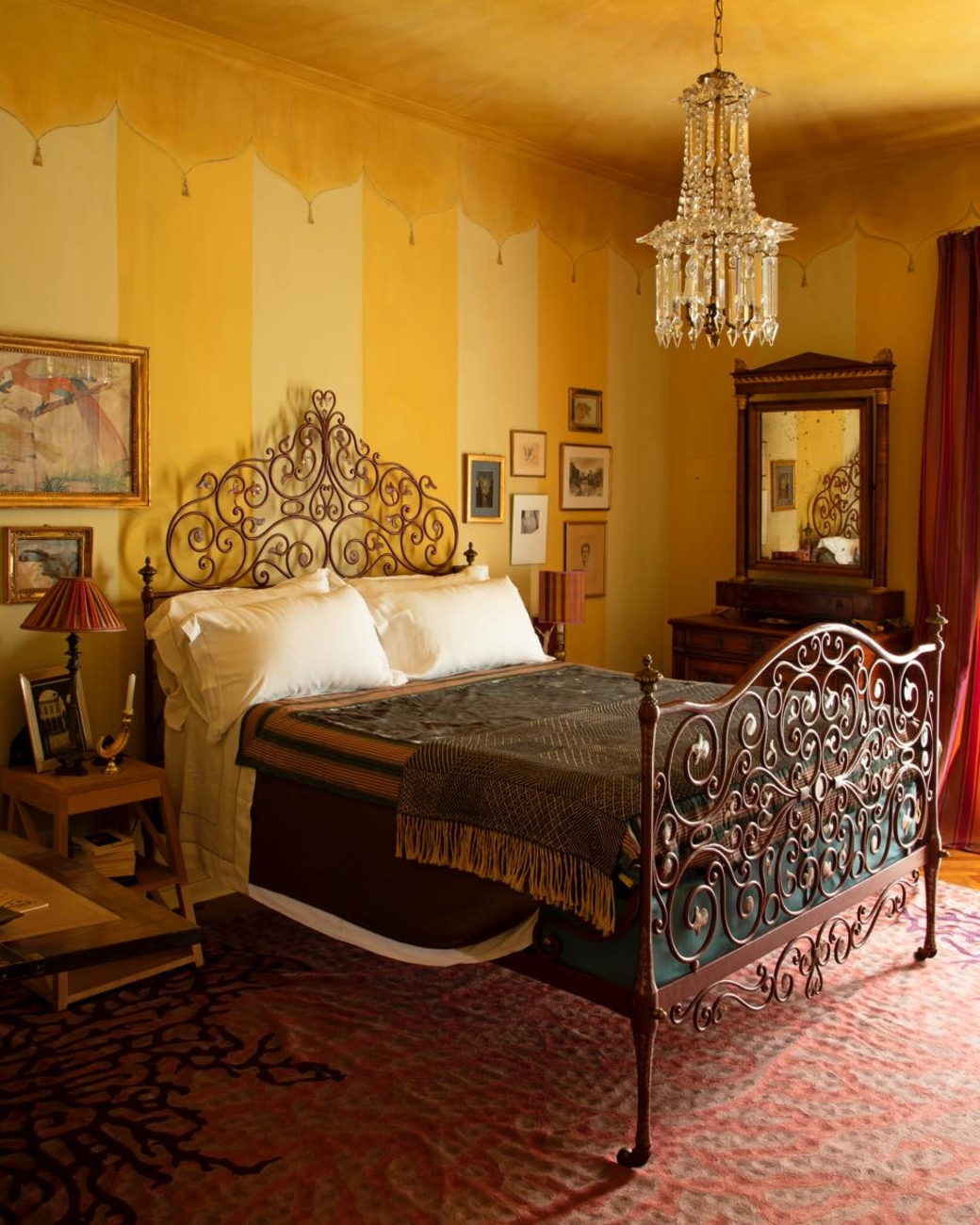
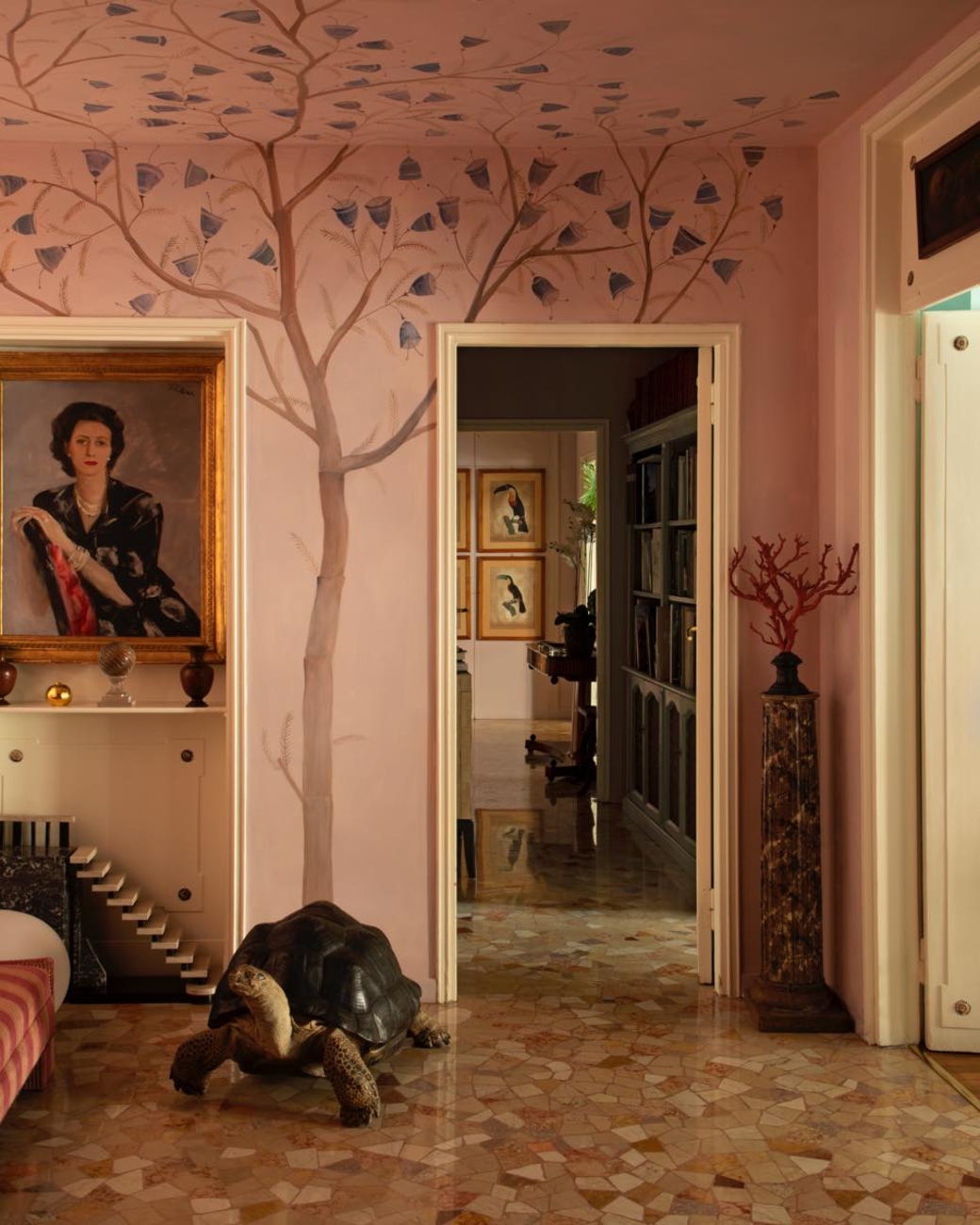
Colorful statement wallpaper adds striking character to Nicolò's Milan home ©Guido Taroni
5. Are you an art collector yourself? If so, which works of art can be found in your home? What works would be your dream to own?
I do collect art and come from a family of collectors. As a child I loved animals, something I share with my father, and insisted on weekly visits to Milan's now defunct zoo in the Giardini Pubblici. Taxidermy, minerals and fossils were some of the first things I collected. One of my oldest pieces is a Diana monkey, which I purchased from Emma Hawkins in London.
From my mother, however, I gained an appreciation for abstract and modern art. One of my favorite pieces in my collection is a Tancredi I inherited from her. Its repeating cubes and impasto layers always provide something new to look at. Recently I have been very interested in sculpture; there is a bronze by Nicola Lazzari I saw a few years ago that I wish I had purchased. It combined a physicality and a scenography that I found very attractive, and could be displayed in so many ways.
6. Which artistic venue or cultural center anywhere in the world do you find the most inspiring?
I love the Soane Museum in London, the period rooms of the Met in New York and the Natural History Museum in Venice. It is so important to see art in the context of a great space, especially a house.
7. And finally, what advice would you give to someone who wants to bring a touch of freshness to their interior without changing everything?
The easiest and most impactful change one can make is to paint the room. I am always a fan of buying pigments and mixing on site. It is the best way to choose a color because you can build up the shade as you go, making sure it works with the sunlight (or lack thereof) and decor. And don't shy away from painting the ceiling, particularly in north facing rooms. If you lack thick enough moldings, paint them in, and for a more intricate finish, try stripes.
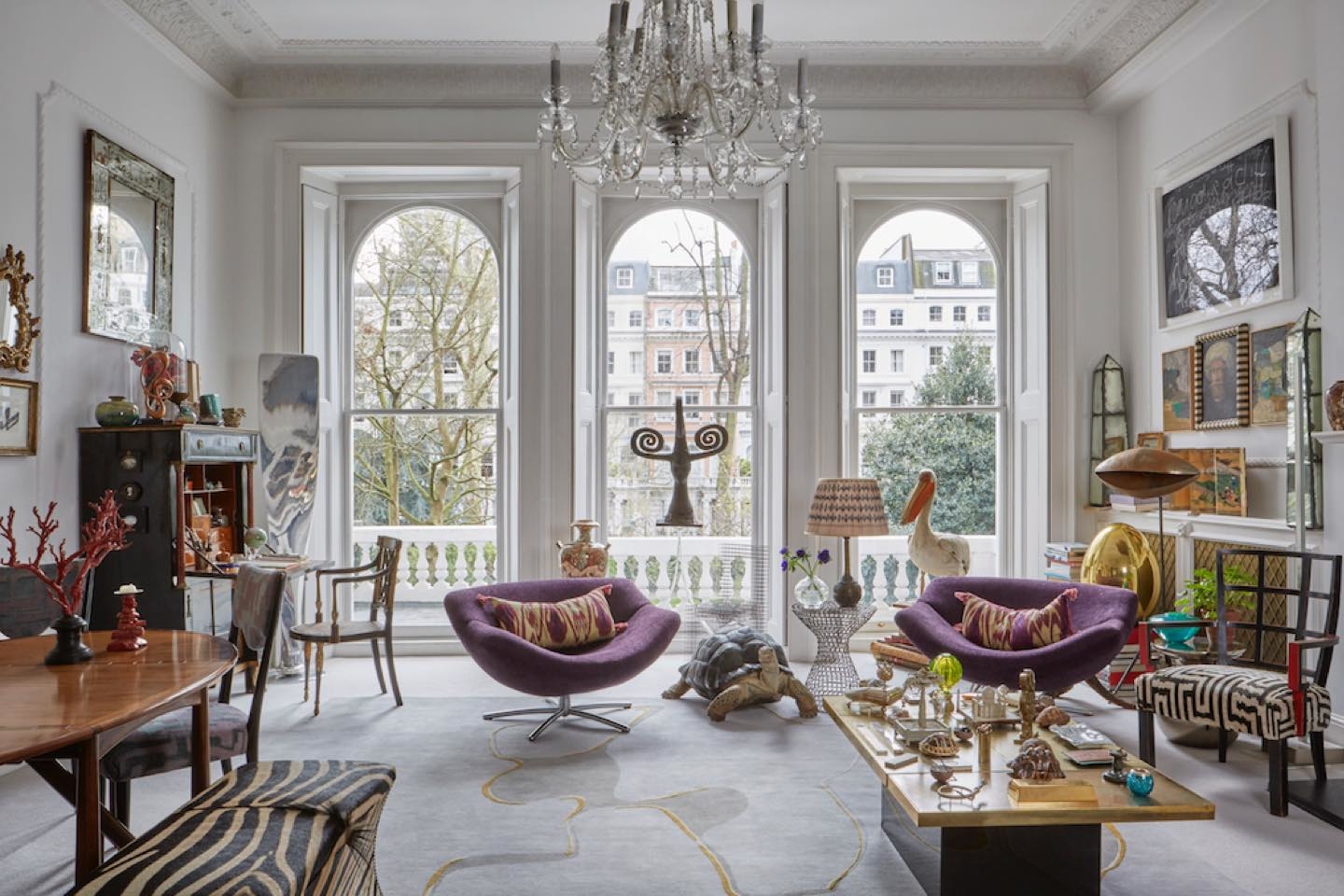
Contrasting classic glamor with quirky statement decor creates a unique, charming living space in London ©James McDonald

Drucke - 45 x 30 cm Drucke - 17.7 x 11.8 inch
Verkauft
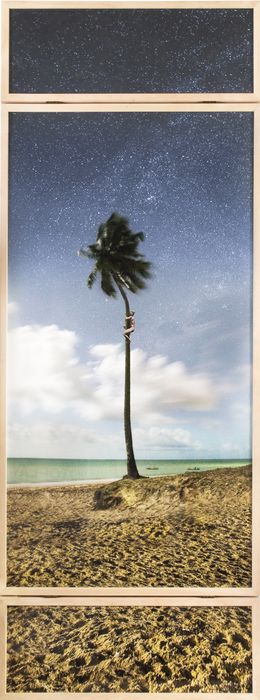
Fotografien - 153 x 57 x 3.9 cm Fotografien - 60.2 x 22.4 x 1.5 inch
34.889 $

Skulpturen - 60 x 30 x 72 cm Skulpturen - 23.6 x 11.8 x 28.3 inch
Verkauft
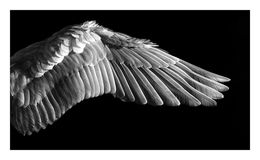
Fotografien - 81 x 132 x 1 cm Fotografien - 31.9 x 52 x 0.4 inch
30.077 $
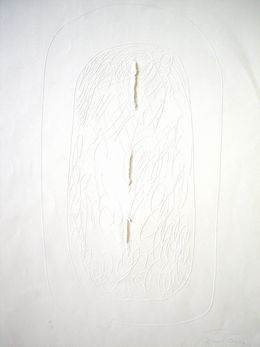
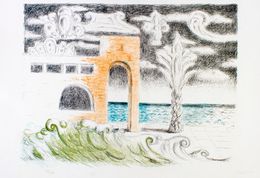

Gemälde - 70 x 50 x 5 cm Gemälde - 27.6 x 19.7 x 2 inch
2.948 $
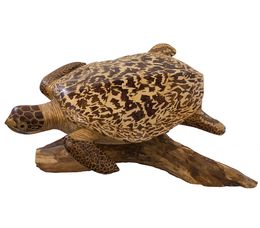
Wählen Sie Ihre Einstellungen aus.
Die Kunst gehört Ihnen
Die Kunst gehört Ihnen